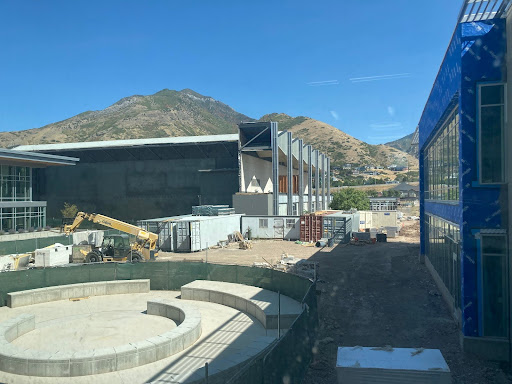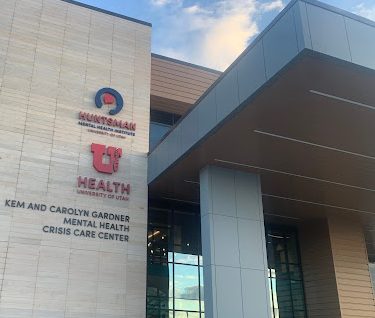The Trump Administration has recently taken steps to rescind the 2001 Roadless Rule, taking away protection of the National Forests in Utah in the process.
For 20 years, the Roadless Rule has protected Utah’s National Forests from logging and road construction and lowered wildfire risk and danger. This sudden move by the Trump Administration has caught people and scientists off guard.
“Many of these actions seem so unstudied and unplanned,” said Dr. Brent Olson, who is an environmental professor at Westminster University. “I’m frustrated by both the potential outcome of these decisions and the lack of process and the way they’ve ignored public input.”
Olson’s opinion on this move seems to be aligned with the public, as people value these forests and view this move as careless and very sudden. When the Trump Administration tried rescinding the According to the U.S. Forest Service, 96% of the comments submitted to the U.S. Forest Service was against rescinding the Roadless Rule, and it never made it through. Environmental problems could pose a threat to our animals and climate.
Olson states, “In addition to all of the material benefits, Utah’s national forests provide both residents from Utah and from across the country [resources] including waterstorage, timber resources if managed correctly, fish and wildlife habitat, helping with air quality, and opportunities for recreation that support the economy, etc. Healthy forests are also critically important for the mental wellbeing of the people of the state […] And, because I also like the critters that live in the forests, protecting the forests from logging, roads, and establishing healthy fire regimes in the forests also helps the critters that live there thrive.”
The consequences of removing this rule could be serious, and although it isn’t official, it is definitely possible. In 2020, Trump took away the Roadless Rule for the Tongass National Forest in Alaska, which is America’s largest national forest. Although it was reversed three years later by the Biden Administration, it goes to show that the government is capable of rescinding acts like this.
When asked about the possible impact taking away the Roadless Rule could have, Dr. Olson said, “The thing that leaps to mind immediately […] is increased wildfire risk. The challenge of having these wildlands so close to urban areas is that the already high risk of fire is mixed with development. Removing protections from the forest is likely to result in more houses in the wildland urban interface, increasing the danger that wildfires will burn down these developments.”
Students at Skyline also realize that the risk of wildfires could go up. “Removing protection from these forests would not be good as it could lead to more wildfires and hazards because there are less structured rules in place,” said Freshman Wyatt Kyle.
A lot of the students at Skyline said that they love going to the national forests. “It was always cool seeing wildlife and animals, and it is sad to think about what would happen to those animals and wildlife if the national forests lost a lot of its protection,” said Freshman Finley Peterman.
As Olson said, the national forests go beyond the material value. “Intact, healthy forests are places of refuge from the heat of the desert floor. They serve as catalysts for creativity, community, and health,” said Olson. “Protecting these national forests maintains healthy places for Utahns to live, work, and play.”
Throughout Skyline and Utah, students and people value the National Forests. “Our proximity to these forests offers a continual reminder of the power of the natural world to inspire and connect us,” said Olson.



